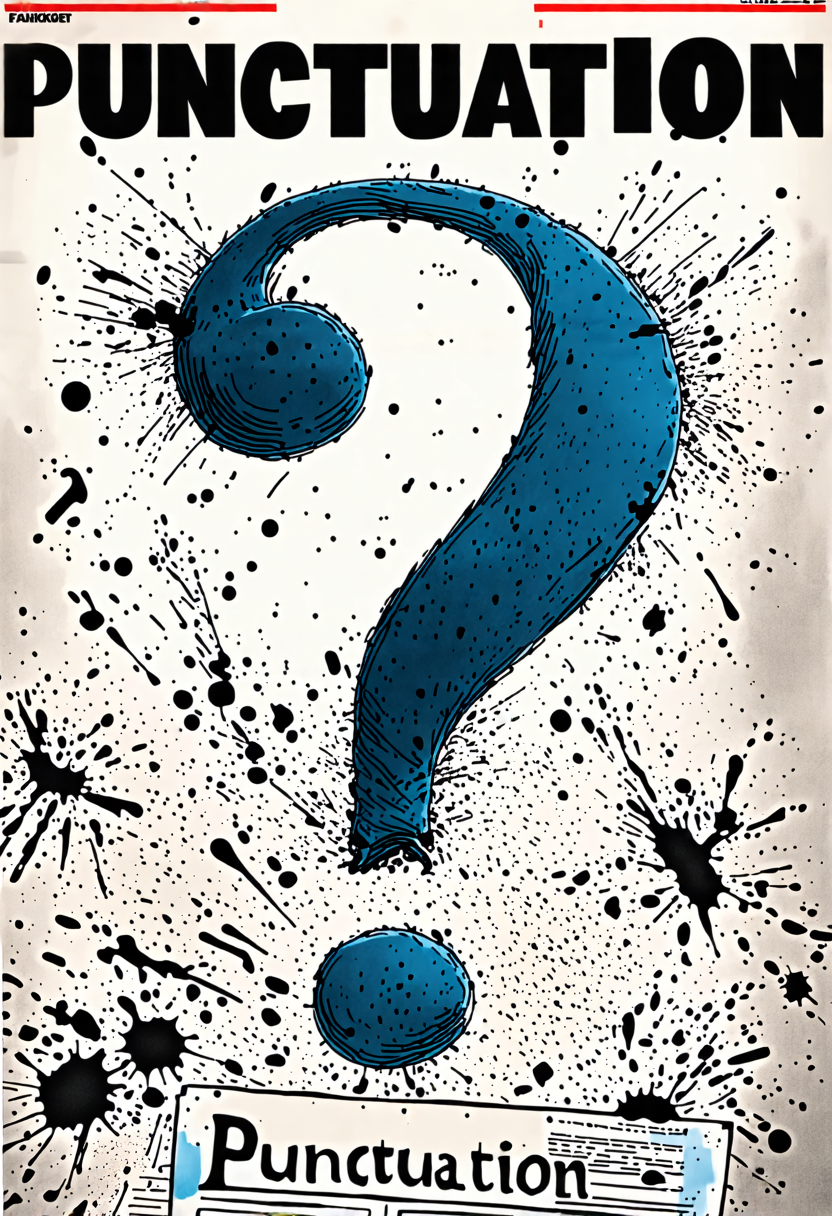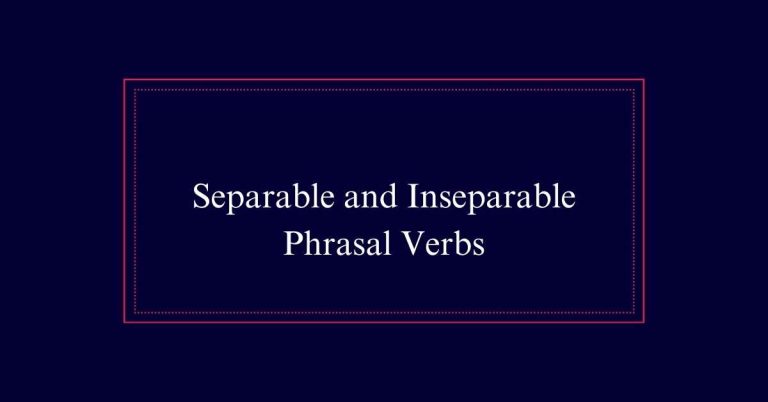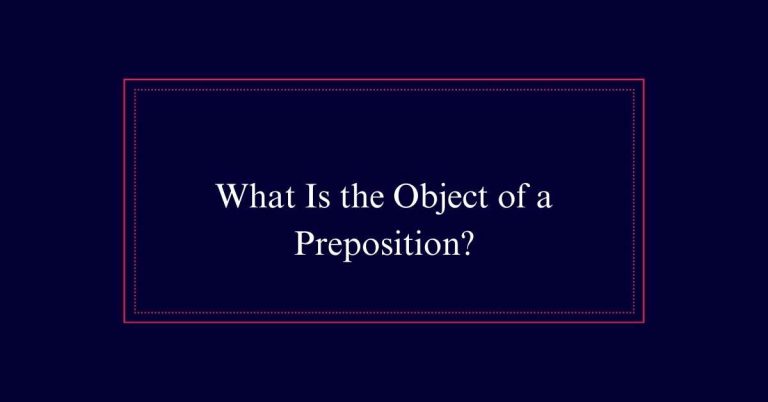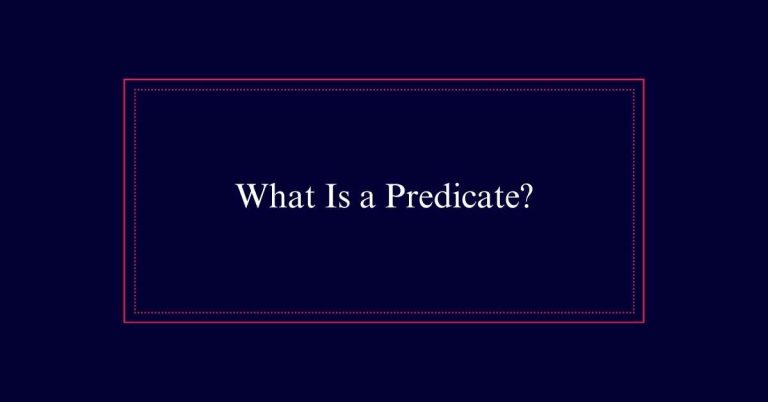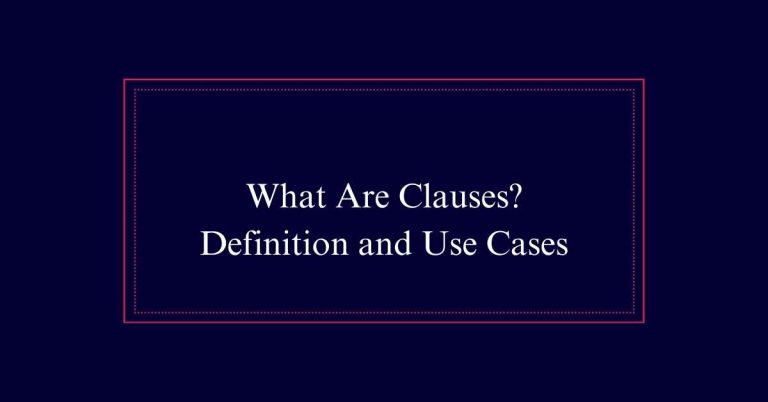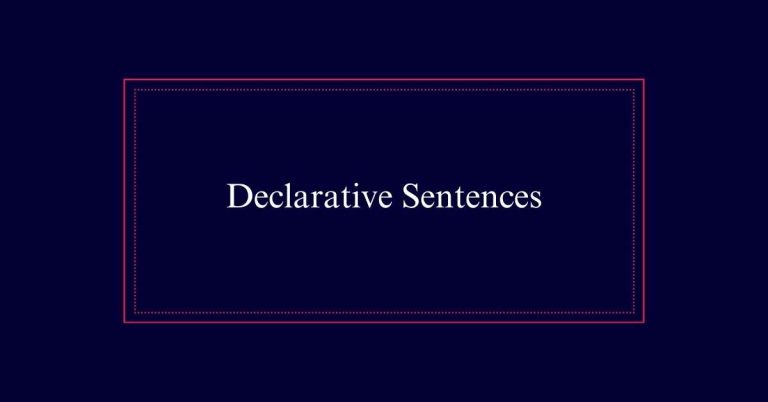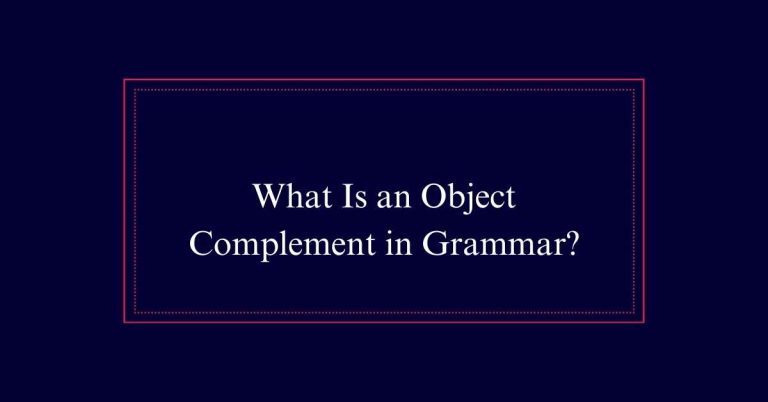Punctuation: Everything you need to know
Punctuation makes your writing clear and engaging. Use periods to end sentences and commas to create pauses or list items. Apostrophes show possession and form contractions like “don’t.” Exclamation points add excitement but use them sparingly. Ellipses create pauses or suspense and question marks indicate questions. Quotation marks highlight speech or text, while parentheses add extra info without disrupting the flow. Hyphens join compound words.
Essential Periods and Commas
Periods and commas are two of the most essential punctuation marks you’ll use in writing. You end sentences with periods. This gives your writing a clear stop.
Commas, on the other hand, create pauses. They help break up ideas and list items. Without them, sentences can become confusing.
Use a period for statements and commands. For example, “She went to the store.”
Commas separate items in a list, like “apples, oranges, and bananas.” They also join clauses with conjunctions, such as “I wanted to go, but it was raining.”
How many spaces after a period?
Mastering Apostrophes
After mastering periods and commas, it’s time to focus on using apostrophes correctly. Apostrophes create possessive nouns and form contractions.
For possessives, add an apostrophe and ‘s’ to singular nouns (e.g., the dog’s bone). For plural nouns ending in ‘s’, just add an apostrophe (e.g., the dogs’ park).
Apostrophes also replace missing letters in contractions. For example, ‘do not’ becomes ‘don’t,’ and ‘you are’ changes to ‘you’re.’ Remember, possessive pronouns like ‘its’ don’t need an apostrophe, while ‘it’s’ means ‘it is.’
Watch out for common errors. Don’t use apostrophes in plurals (e.g., ‘apple’s’ is incorrect). Practice these rules to use apostrophes with confidence!
Using Exclamation Points
Exclamation points add excitement and emphasis to your sentences! They can show strong feelings like surprise, joy, or anger. Use them sparingly to avoid overwhelming your reader.
For example, ‘Watch out!’ or ‘Congratulations!’ show immediate emotion. It’s best to use one exclamation point at a time. Multiple exclamation points can seem unprofessional.
Don’t use them in formal writing like business emails or academic papers. Save them for casual conversations or creative writing. Remember, exclamation points should enhance your message, not replace it.
Practice using them in the right context, and you’ll see how they bring your words to life. Keep your writing lively, but balanced!
Crafting Sentences With Ellipses
Ellipses let you trail off a thought or create suspense in your writing. They consist of three dots (…). You can use them to show a pause or unfinished idea.
For example, ‘I thought I knew him, but…’ leaves the reader hanging. This makes your writing more engaging. Ellipses can also show omitted text in quotes. If you’re quoting someone and leave out part of the sentence, use ellipses to indicate missing words.
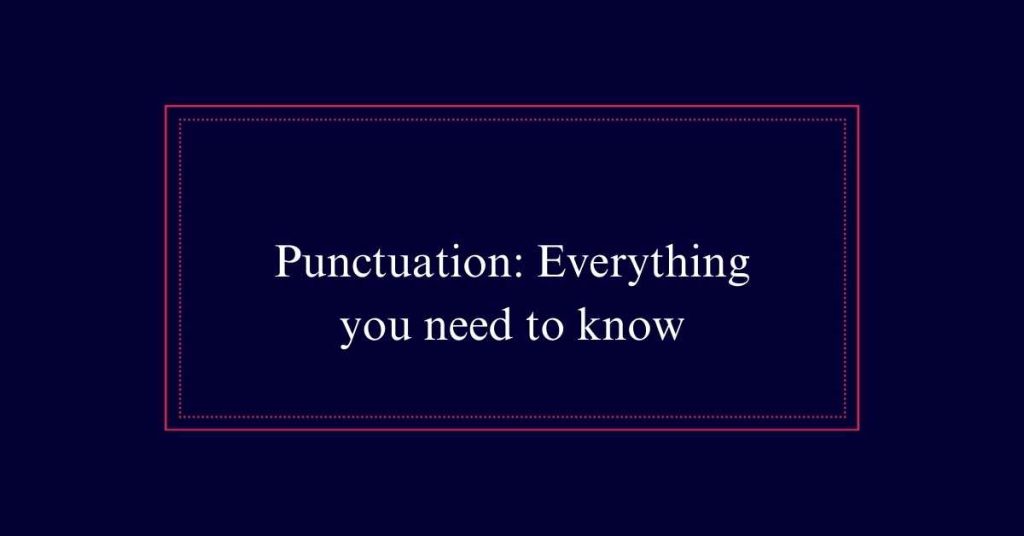
For example, ‘She said, ‘I love reading… especially fiction.” It’s important not to overuse ellipses. They should add meaning or suspense, not just fill space. Practice using them thoughtfully to enhance your writing. Remember, less is more when it comes to ellipses.
Question Marks Explained
Question marks show that a sentence is asking a question. You use them at the end of direct questions. For example, “Are you coming?” or “What’s your name?” They’re essential for clarity in writing.
Here’s a quick guide:
| Correct Usage | Incorrect Usage |
|---|---|
| “Did you see the movie?” | “Did you see the movie.” |
| “Why is the sky blue?” | “Why is the sky blue.” |
| “Can you help me?” | “Can you help me.” |
Notice the difference a question mark makes? It clearly indicates a question. Without it, the sentence may seem confusing. Always use a question mark to end direct questions, making your intention clear to the reader. This small mark makes a big difference in communication.
Effective Use of Dashes
Dashes can emphasize important information or create a pause for effect. When you want to highlight a key detail—like this—you can use a dash. It’s stronger than a comma and makes readers pay attention.
Dashes also help when you need a break in thought. For example, you might say, ‘I planned to go out—but it started raining.’ This shows an interruption or change. Remember, don’t overuse dashes. Too many can confuse readers. Use them sparingly for maximum impact.
You can also use dashes to add extra information within a sentence. Just be sure the added info is relevant. Practice using dashes, and you’ll see your writing become clearer and more engaging.
Quotation Marks Rules
Quotation marks show when someone is speaking or when quoting text. You use them to enclose direct speech or specific text from another source. For example, you might write, ‘She said, ‘I’ll be there soon.” Notice that the punctuation goes inside the quotation marks.
If you’re quoting a longer passage, start on a new line and indent the text.
When punctuating, keep periods and commas inside the quotation marks. However, place colons and semicolons outside. For example: ‘She was late’; however, ‘He waited.’
Use single quotation marks for quotes within quotes. Example: ‘He said, ‘She called me a ‘genius.”’
Parentheses for Extra Information
While quotation marks highlight direct speech, parentheses add extra information to your sentences. You can use them to include details that aren’t essential but still helpful.
For example, ‘She went to Paris (her favorite city) last summer.’ Parentheses can also clarify or provide side comments.
If you write, ‘The meeting is on Monday (which is a holiday),’ the parentheses add context.
Hyphens in Compound Words
Hyphens join words to make compound terms clearer and more readable. You use them to link words that function together as a single adjective before a noun. For example, “well-known author” or “high-speed train.” They also help avoid confusion, like distinguishing “small-business owner” from “small business owner.”
Here’s a quick table to help you understand:
| Example | Correct Usage | Incorrect Usage |
|---|---|---|
| Well-known author | well-known author | well known author |
| High-speed train | high-speed train | high speed train |
| Small-business owner | small-business owner | small business owner |
Exploring Less-Common Marks
Have you ever wondered about the purpose of less-common punctuation marks in writing? These unique symbols can add clarity and flair to your text. Let’s explore a few:
- Interrobang: Combines a question mark and an exclamation point. Use it to express shock or disbelief, like this: “Really‽”
- Brackets: Often used to add clarifications within quotes or to enclose editorial comments.
- Ellipses: Indicate omitted information in a quote or create suspense in a narrative. For example, “She hesitated… then answered.”
- Squiggly Brackets: Typically used in programming, but can also indicate sets or groups in texts.
Understanding these marks can make your writing more engaging and precise. Try incorporating them where appropriate to enhance your communication.
Frequently Asked Questions
How Do I Correctly Use the Oxford Comma in a List?
To use the Oxford comma, place a comma before the conjunction in a list of three or more items. For example, “I bought apples, oranges, and bananas.” It helps avoid confusion and clarifies meaning.
When Should I Use Brackets Instead of Parentheses?
Use brackets to add clarification or make changes within quotes. Parentheses are for extra information or side notes in your own writing. Brackets are more formal, while parentheses are more casual.
What Are the Main Differences Between Hyphens and Dashes?
Hyphens join words to form compounds. Dashes separate parts of sentences for emphasis or range. Hyphens are shorter and connect, while dashes are longer and divide. Practice using them correctly to improve your writing.
What Is the Purpose of an Interrobang?
An interrobang combines a question mark and an exclamation point. You use it to express surprise or excitement in a question. It’s great for showing strong emotions and curiosity at the same time.
